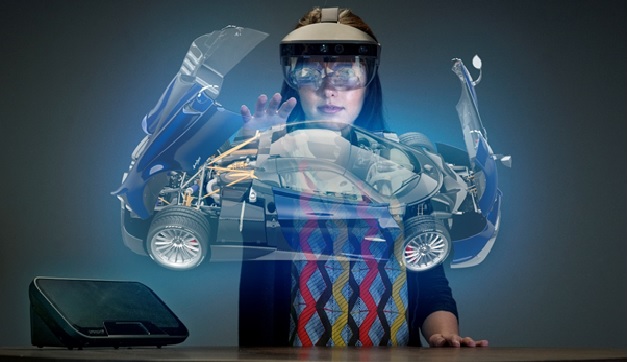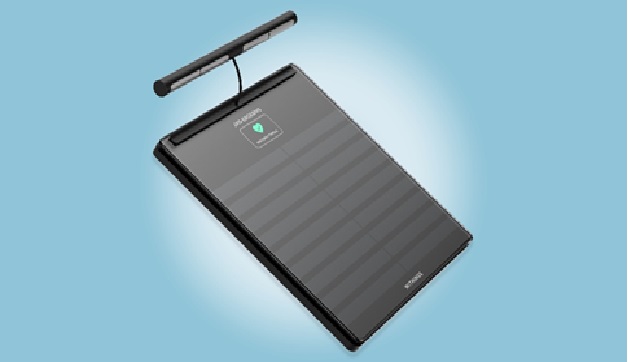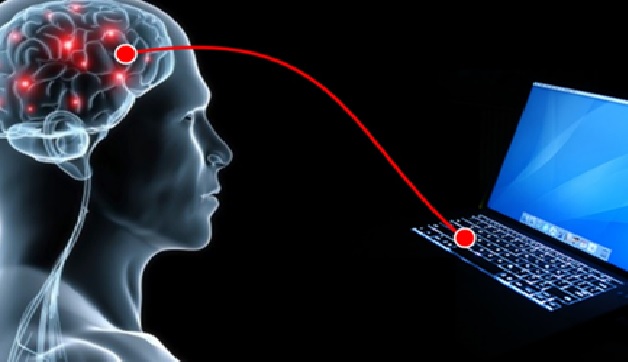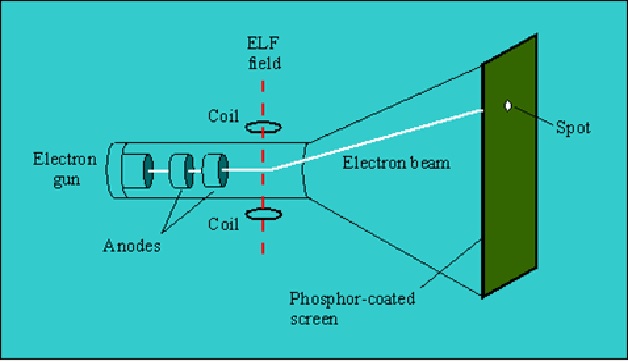Process of Iris Scanning in Biometrics
Iris recognition or iris scanning is the process of using visible and near-infrared light to take a high-contrast photograph of a person’s iris. It is a form of biometric technology in the same category as face recognition and fingerprinting. [1]
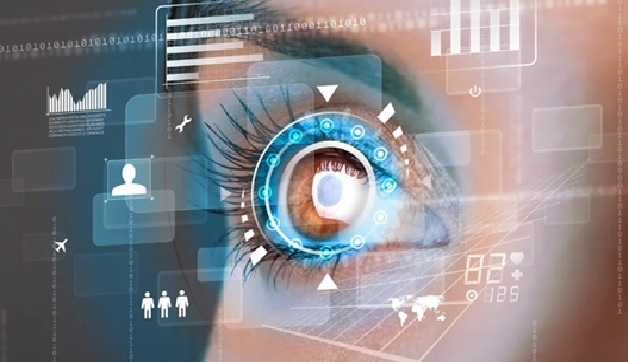
Figure 1. Process of Iris Scanning in Biometrics
Figure 1 shows iris authentication technology is believed to have evolved from another very well-known technology, retinal authentication. Iris scanning technology was first proposed in 1936 by an ophthalmologist, Frank Burch. He stated that each person's iris is unique. The probability of its coincidence is about 1078, which is much higher than with fingerprinting. According to the theory of probability, in the entire history of mankind, there have not yet been two people with the same iris. In the early 90s, John Duffman of Iridian Technologies patented an algorithm to detect the iris of the eye. [3]
Iris scanning process
There are four main steps involved in iris recognition enrollment for use as a form of biometric authentication:
Image capture
A high-quality image of the individual’s left and right iris must be captured using a specialized iris camera. These cameras use near-infrared (NIR) sensors to capture the minute and intricate details of the iris with much greater accuracy than visible light (VIS), which can pollute the sample. Research from Michigan State has determined that iris recognition accuracy drops significantly when VIS is used instead of NIR. Visible light is also more at risk of causing discomfort and pupil contraction when shined into a subject’s eyes. By comparison, near IR causes neither pupil contraction nor discomfort during an iris scan.
Compliance check and image enhancement
The next step is to perform quality and compliance checks to ensure that the captured image is suitable as a biometric template for future iris scanning. This requires specialized software that analyzes each image for key characteristics that indicate quality, including, but not limited to:
- Sharpness.
- Gray-level spread.
- Margin.
- Iris sclera contrast.
- Iris pupil contrast and pupillary dilation.
- Eyelash presence.
- Eyelid occlusion.
Once the iris has been segmented from the rest of the eye and evaluated for quality, the sample can be saved for future use as a biometric template.
Image compression
Each iris-scan template should be compressed using the JPEG 2000 format. This format preserves image quality and minimizes the occurrence of artifacts (image distortions) that result from other compression methods.
Biometric template creation for matching
Finally, the high-quality sample is put to use as a template for iris scanning. In one-to-one authentication, each live scan of an individual’s iris is compared to the existing template for identification and authentication. In one-to-many authentication, a live scan is analyzed and compared against an existing gallery to identify a match or lack thereof. [2]
References:
- https://www.eff.org/pages/iris-recognition
- https://www.aware.com/iris-recognition/
- https://recfaces.com/articles/iris-scanner
Cite this article:
Thanusri swetha J (2021) Process of Iris Scanning in Biometrics, AnaTechMaz, pp. 45


